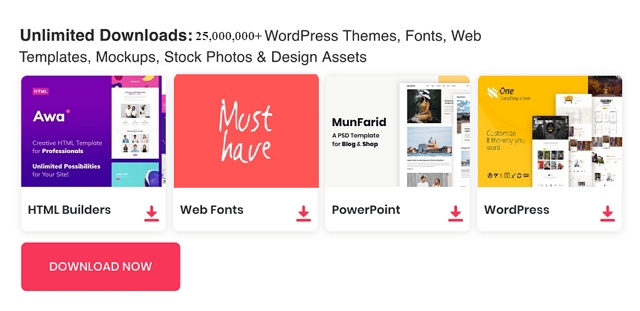
 HTML5
HTML5 is a markup language used for structuring and presenting content for the World Wide Web and a core technology of the Internet. It is the fifth revision of the HTML standard (created in 1990 and standardized as HTML 4 as of 1997) and, as of December 2012, is a candidate recommendation of the World Wide Web Consortium (W3C).
Today, several elements in HTML 4.01 are obsolete, never used, or not used the way they were intended.
All those elements are removed or re-written in HTML5. Below is a list of the new HTML elements, introduced by HTML5, and a
description of what they are used for.
HTML5 New Markup Elements
| Tag |
Description |
| <article> |
Specifies independent, self-contained content, could be a news-article, blog post, forum post, or other articles which can be distributed independently from the rest of the site. |
| <aside> |
For content aside from the content it is placed in. The aside content should be related to the surrounding content |
| <bdi> |
|
| <command> |
A button, or a radiobutton, or a checkbox |
| <details> |
For describing details about a document, or parts of a document |
| <summary> |
A caption, or summary, inside the details element |
| <figure> |
For grouping a section of stand-alone content, could be a video |
| <figcaption> |
The caption of the figure section |
| <footer> |
For a footer of a document or section, could include the name of the author, the date of the document, contact information, or copyright information |
| <header> |
For an introduction of a document or section, could include navigation |
| <hgroup> |
For a section of headings, using <h1> to <h6>, where the largest is the main heading of the section, and the others are sub-headings |
| <mark> |
For text that should be highlighted |
| <meter> |
For a measurement, used only if the maximum and minimum values are known |
| <nav> |
For a section of navigation |
| <progress> |
The state of a work in progress |
| <ruby> |
For ruby annotation (Chinese notes or characters) |
| <rt> |
For explanation of the ruby annotation |
| <rp> |
What to show browsers that do not support the ruby element |
| <section> |
For a section in a document. Such as chapters, headers, footers, or any other sections of the document |
| <time> |
For defining a time or a date, or both |
| <wbr> |
Word break. For defining a line-break opportunity. |
New Media Elements
| Tag |
Description |
| <audio> |
For multimedia content, sounds, music or other audio streams |
| <video> |
For video content, such as a movie clip or other video streams |
| <source> |
For media resources for media elements, defined inside video or audio elements |
| <embed> |
For embedded content, such as a plug-in |
| <track> |
For text tracks used in mediaplayers |
New Media Elements
| Tag |
Description |
| <canvas> |
For making graphics with a script |
New Form Elements
| Tag |
Description |
| <datalist> |
A list of options for input values |
| <keygen> |
Generate keys to authenticate users |
| <output> |
For different types of output, such as output written by a script |
New Input Type Attribute Values
| Type |
Description |
| tel |
The input value is of type telephone number |
| search |
The input field is a search field |
| url |
The input value is a URL |
| email |
The input value is one or more email addresses |
| datetime |
The input value is a date and/or time |
| date |
The input value is a date |
| month |
The input value is a month |
| week |
The input value is a week |
| time |
The input value is of type time |
| datetime-local |
The input value is a local date/time |
| number |
The input value is a number |
| range |
The input value is a number in a given range |
| color |
The input value is a hexadecimal color, like #FF8800 |
| placeholder |
Specifies a short hint that describes the expected value of an input field |
Unlimited Downloads
Over 2,500,000+ Fonts, Mockups, WordPress Themes, Freebies and Design Assets



 HTML5 is a markup language used for structuring and presenting content for the World Wide Web and a core technology of the Internet. It is the fifth revision of the HTML standard (created in 1990 and standardized as HTML 4 as of 1997) and, as of December 2012, is a candidate recommendation of the World Wide Web Consortium (W3C).
HTML5 is a markup language used for structuring and presenting content for the World Wide Web and a core technology of the Internet. It is the fifth revision of the HTML standard (created in 1990 and standardized as HTML 4 as of 1997) and, as of December 2012, is a candidate recommendation of the World Wide Web Consortium (W3C). 


0 comments:
Post a Comment